Description
What is a Passive GPS Antenna For GPS Module Receiver?
The Passive GPS Antenna For GPS Module Receiver CTRF-ANTENNA-GPS-1575-0848-SMA is a small-size Passive GPS Antenna GPS Module Receiver with an 8x48mm plastic ABS material rubber duck antenna 90 degrees SMA connector antenna manufactured by C&T RF Antennas Inc.
Passive GPS Antenna For GPS Module Receiver is available at C&T RF Antennas Inc., the leading indoor-outdoor GPS antenna passive & active antenna for GPS antenna manufacturer in China.
C&T RF Antennas Inc provides internal & external antennas with the antenna radio frequencies such as NFC, 169MHz, 230MHz, 315MHz, 433MHz, 868MHz, 915MHz, VHF&UHF, Lora, NB-IoT, ADS-B, GSM, GNSS, Wifi 2.4GHz, 5.8GHz, Cellular 2G 3G 4G LTE, GPS, 5G NR, etc.
C&T RF Antennas Inc. provides RF antennae with Omni & Directional antenna types such as Dipole Antennas, Whip Antennas, Marine Antennas, Router Antennas, MIMO Antennas, Combo Antennas, PCB Antennas, FPC Antennas, Spring Antennas, Magnetic Antennas, Sector Antennas, Yagi Antennas, and Accessories, etc, for IoT & M2M industries.
Contact the C&T RF sales team for more details on the passive & active antenna for GPS antennas such as an antenna for GPS datasheet, an antenna for GPS pricing, an antenna for GPS inventory, or the other antenna for GPS style.
Passive GPS Antenna For GPS Module Receiver Specifications
Passive GPS Antenna For GPS Module Receiver Electronical Specifications |
|
| RF Antenna Type | GPS Antenna |
| Model | CTRF-ANTENNA-GPS-1575-0848-SMA |
| Frequency | 1575.42 MHz |
| Gain | 1.5dBi |
| VSWR | ≤2.0 |
| Impedance | 50 Ω |
| Polarization | Right Hand Circular Polarization |
| Connector | SMA |
| Lightning Protection | DC Ground |
Passive GPS Antenna For GPS Module Receiver Mechanical Specifications |
|
| Dimension | 8x48mm |
| Weight | Approx. 10g |
| Material | Plastic ABS |
| Operation Temperature | -40˚C ~ +85˚C |
| Storage Temperature | -40˚C ~ +80˚C |
| Color | Black |
| Antenna Form | Passive |
| Mounting | Screw/Connector |
| Safety Emission and other | RoHS Compliant |
| Applications | GPS/GNSS |
GPS type
There are many types of GPS satellite receivers. According to the model, they are divided into geodetic, total station, timing, handheld, and integrated; according to their use, they are divided into vehicle-mounted, ship-borne, air-borne, space-borne, and missile-borne.
Classified by receiver usage
1. Navigation receiver
This type of receiver is mainly used for the navigation of a moving carrier, and it can give the position and speed of the carrier in real-time.
This type of receiver generally uses C/A code pseudo-range measurement, and the single-point real-time positioning accuracy is low, generally ±10m, and ±100m when there is SA influence.
This type of receiver is cheap and widely used. According to different application areas, this type of receiver can be further divided into:
Vehicle-mounted used for vehicle navigation and positioning;
Nautical used for ship navigation and positioning;
Aviation is used for aircraft navigation and positioning.
Due to the high speed of the aircraft, the receiver used in aviation is required to be able to adapt to high-speed movement.
Spaceborne is used for satellite navigation and positioning. As the speed of the satellite is as high as 7km/s or more, the requirements on the receiver are higher.
2. Geodetic receiver
Geodetic receivers are mainly used for precision geodetic surveys and precision engineering surveys. This type of instrument mainly uses the carrier phase observation value for relative positioning, with high positioning accuracy.
The structure of the instrument is complicated and the price is relatively expensive.
3. Timing receiver
This type of receiver mainly uses the high-precision time standard provided by GPS satellites for timing and is often used for time synchronization in astronomical observatories and radio communications.
Classified by the receiver carrier frequency
Single-frequency receiver
The single-frequency receiver can only receive the L1 carrier signal and measure the carrier phase observation value for positioning. Due to the inability to effectively eliminate the effect of ionospheric delay, single-frequency receivers are only suitable for precise positioning with short baselines (<15km).
Dual-frequency receiver
The dual-frequency receiver can receive L1 and L2 carrier signals at the same time.
The use of the dual-frequency difference in ionospheric delay can eliminate the influence of ionospheric delay on electromagnetic wave signals, so dual-frequency receivers can be used for precise positioning up to several thousand kilometers.
Classified by the number of receiver channels
GPS receivers can receive signals from multiple GPS satellites at the same time. In order to separate the received signals from different satellites to realize the tracking, processing, and measurement of satellite signals, devices with such functions are called antenna signal channels. According to the channel types of the receiver, it can be divided into:
Multi-channel receiver
Sequential channel receiver
Multi-channel receiver
Classified by receiver working principle
Code correlation receiver
The code correlation receiver uses code correlation technology to obtain pseudorange observations.
Square receiver
The squaring receiver uses the squaring technique of the carrier signal to remove the modulated signal to recover the complete carrier signal. The phase difference between the carrier signal generated in the receiver and the received carrier signal is measured by a phase meter, and the pseudorange observation value is determined.
Hybrid receiver
This instrument combines the advantages of the above two receivers and can obtain both code phase pseudoranges and carrier phase observations.
Interferometric receiver
This kind of receiver uses GPS satellites as radio sources and uses interferometry to determine the distance between two stations.
After more than 20 years of practice, the GPS system is a high-precision, all-weather, and global radio navigation, positioning, and timing multifunctional system.
GPS technology has developed into a multi-field, multi-mode, multi-purpose, and multi-model international technology industry.

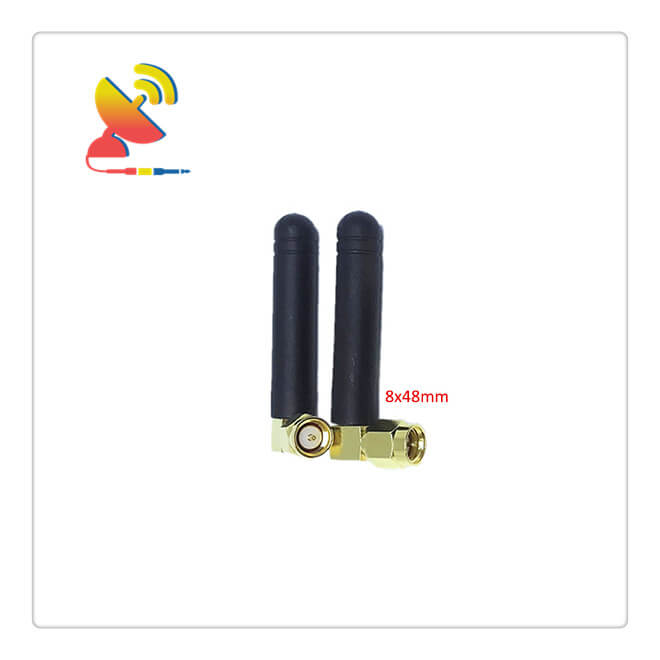
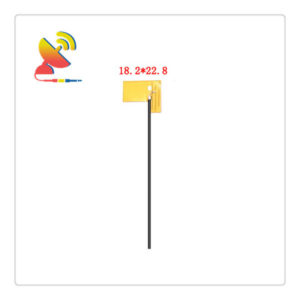
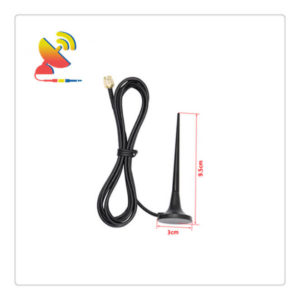
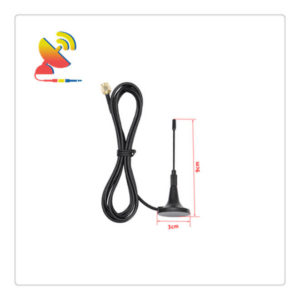
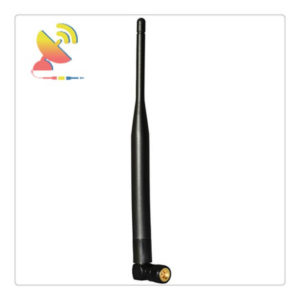
Reviews
There are no reviews yet.